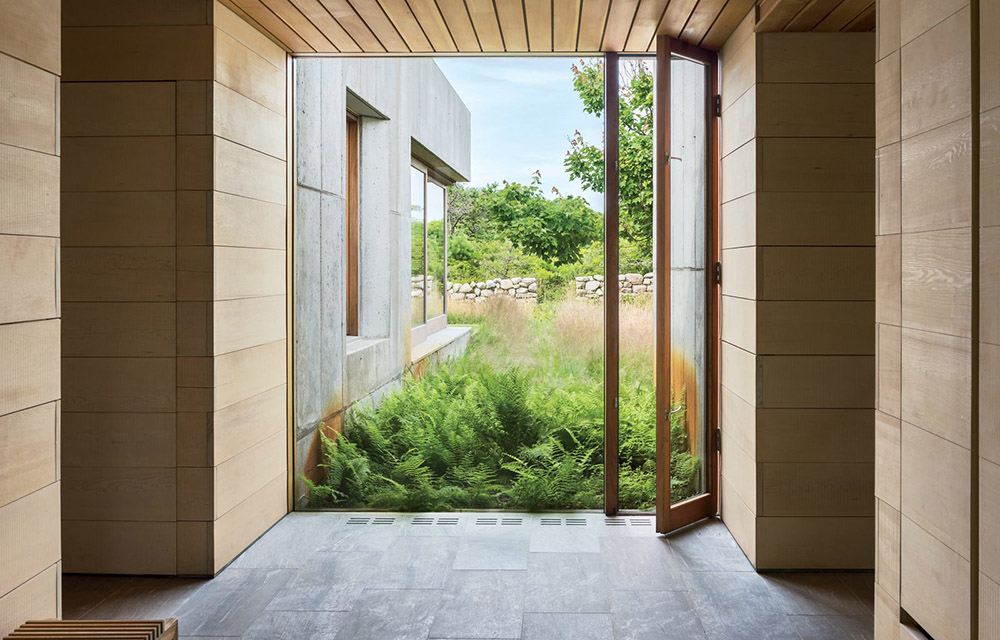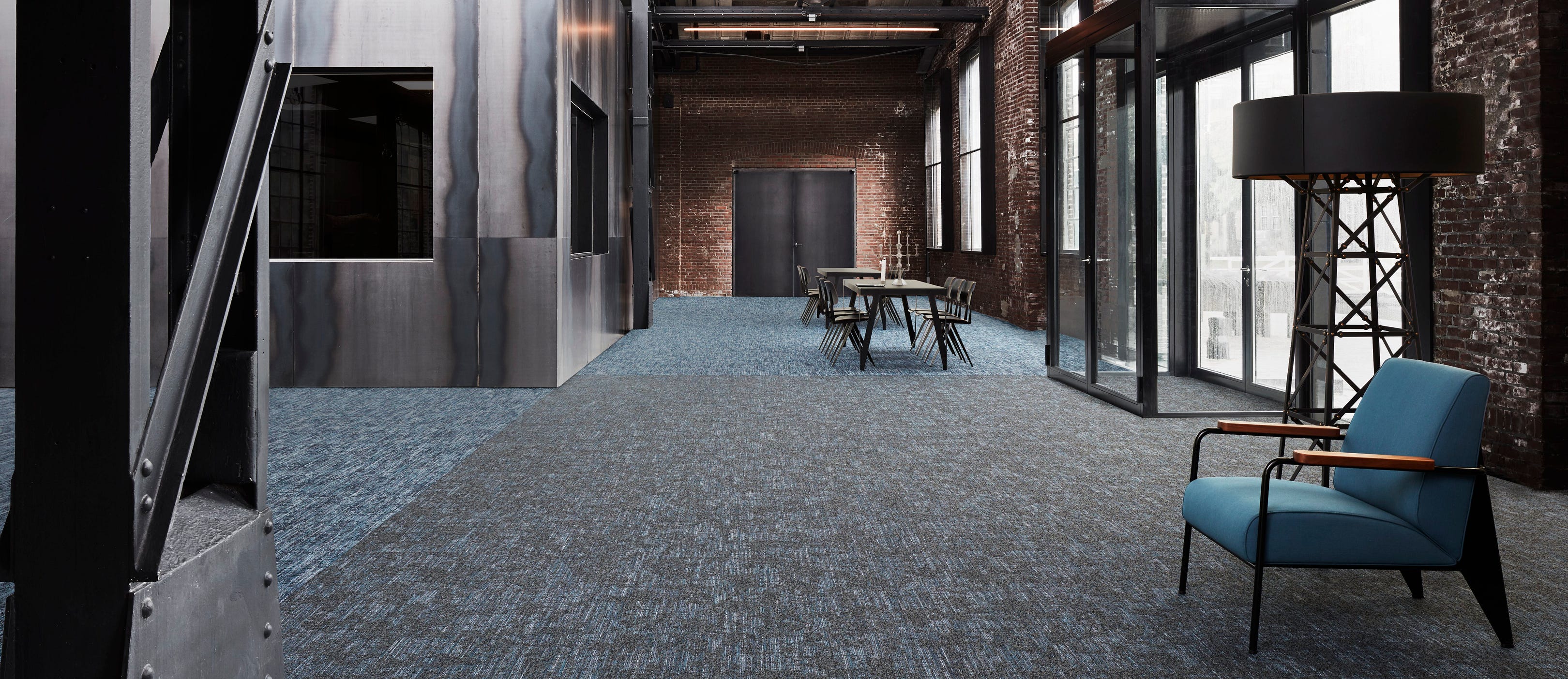How Does Architecture Incorporate Principles Of Sustainable Interior Design?

Sustainability refers to the ability to maintain, support or endure an ecological balance, while reducing the harmful impact on the environment. Sustainability is mostly associated with environmental conservation and management. However, it also involves preservation of future resources, using green materials, reducing waste, and saving money.
The emergence of the concept of sustainable design has brought forth a new level of consciousness in the fields of architecture and interior design. This new movement seeks to promote a healthier, more environmentally friendly approach to design, and it is fast becoming a major trend in the industry.
What is Sustainable Design?
Sustainable design involves creating spaces and products that are built to last, and that have a minimal impact on the environment. This results in spaces that are not only eco-friendly but also appeal to the sensory experiences of its inhabitants.
Sustainable design aims to:
- Reduce the depletion of resources, including energy, water, and raw materials,
- Reduce pollution and waste,
- Create a healthy and comfortable indoor environment, while providing good air quality and natural lighting,
- Promote biodiversity and preserve natural habitats, and
- Create spaces that are affordable, efficient, adaptable and resilient.
The Benefits of Sustainable Design
Sustainable design offers many benefits, these include:
- A reduction of carbon footprint, preserving ecosystems, and improving air quality.
- The use of sustainable materials reduces the environmental impact, lessening waste, pollution, and energy depletion associated with traditional building materials.
- Promotes and improves human health, wellbeing, and productivity.
- Reduced cost of operations through increased energy and water efficiency which also translates into better long-term value of the property.
- Inspiring innovation and creativity and attracting like-minded customers who share the vision for conservation and responsible living.
The Principles of Sustainable Design
Sustainable design is based on the following principles:
- Eco-Friendly Materials: Sustainable design uses materials that are made from renewable sources, such as bamboo, hemp, or cork. These materials can be naturally replenished, unlike other materials such as plastic, which takes hundreds of years to decompose.
- Good air quality and natural lighting: Natural light and good ventilation can drastically reduce the use of artificial lighting and energy consuming HVAC systems. This is beneficial not only to the environment, but also promotes a healthier indoor living space.
- Energy efficiency: Solar panels, wind turbines, and hydropower are just some of the ways to harness renewable energy. Comprehensive insulation, smart lighting, and air conditioning systems also help to reduce the energy consumption in a sustainable design project.
- Water Conservation: Sustainable design includes the integration of low-flow plumbing fixtures and rainwater harvesting systems to reduce water waste. Use of eco-friendly irrigation systems also reduces water usage and wastage.
- Integrating Natural systems: Sustainable design incorporates natural systems like vegetation, green roofs, and landscaping to promote biodiversity, improve air quality, and provide shade.
FAQ: Frequently Asked Questions About Sustainable Design
Q: Is Sustainable Design only for new building projects, or can you do it with existing structures?
A: Sustainable design can be applied to both new and existing structures. There are many strategies for retrofitting existing structures to make them more energy-efficient and sustainable.
Q: Is sustainable design more expensive?
A: There are initial costs involved in implementing sustainable design features. However, there are many available incentives, like tax breaks and rebates, that can help offset the cost of implementing sustainable design practices. Additionally, the long-term savings on energy and water bills make sustainable design a cost-effective choice in the long run.
Q: Who can benefit from sustainable design?
A: Sustainable design benefits anyone who values good living and healthier spaces. It benefits builders, architects, homeowners, and anyone who has a stake in creating a better environment. It also benefits future generations by creating sustainable spaces that last.
Q: What design styles incorporate sustainable design?
A: Sustainable design can be incorporated into any design style, from traditional to modern. Many architectural and design firms specialize in sustainable design and can implement eco-friendly design elements into any aesthetic or budget.
Q: Where can I see examples of sustainable design?
A: Sustainable design projects can be seen all over the world, from residential projects to commercial buildings and famous landmarks. In addition, there are several online resources and sustainable design showcases where you can see examples of sustainable design projects.
Conclusion
Sustainable design is not just a trend but a necessary aspect of contemporary design. It allows us to create spaces that are not only aesthetically pleasing but also socially responsible, environmentally friendly, and financially sensible. With growing consciousness about environmental impact, more and more homeowners are looking towards sustainable design as a way to contribute to the natural environment while creating a healthy and comfortable living environment.



Post a Comment for "How Does Architecture Incorporate Principles Of Sustainable Interior Design?"